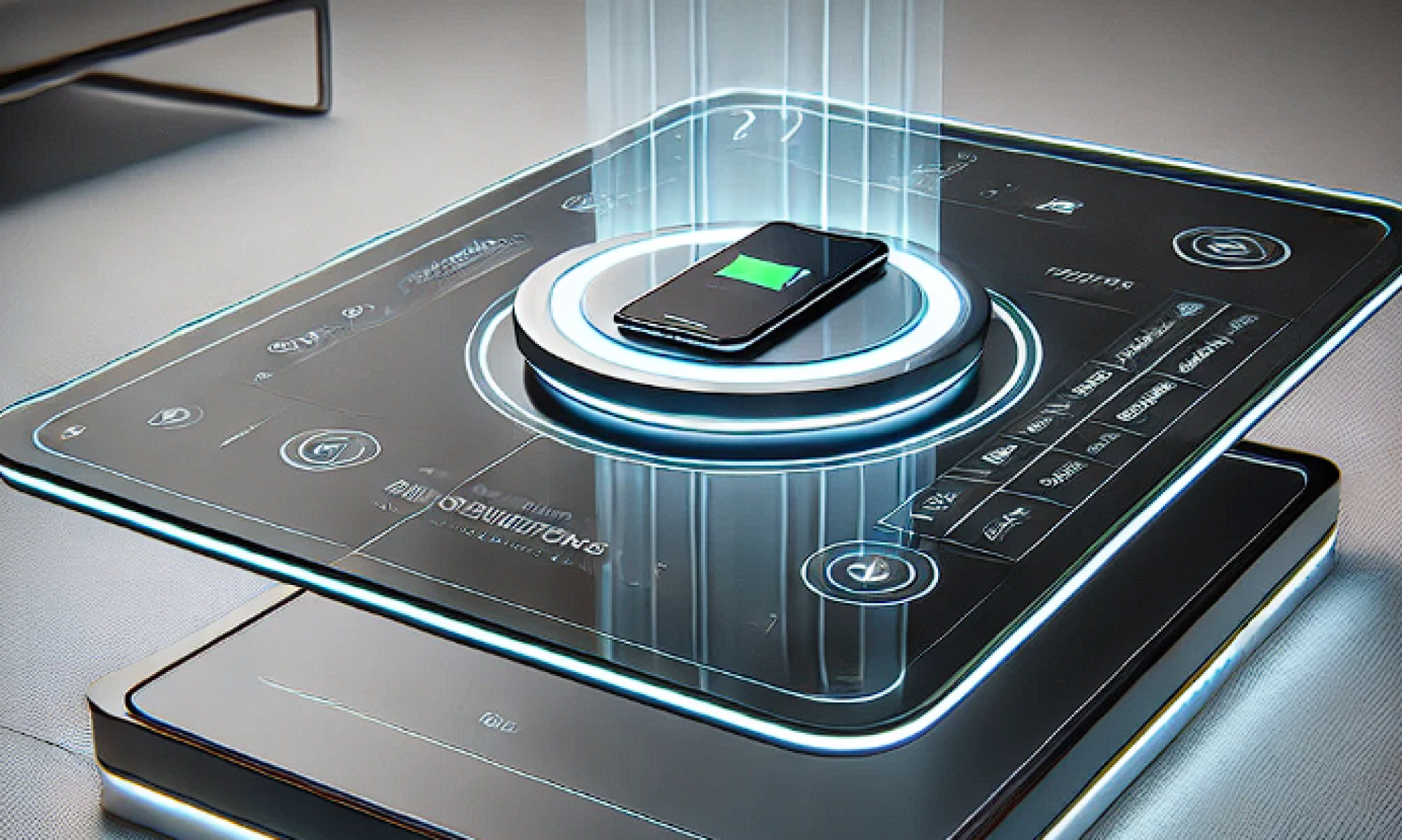During Wednesday, we presented our idea and proposal to the whole class to demonstrate our project: AutoChargerX. As the presenter, I carefully practiced to ensure that my presentation will be clear, insightful and easy to understand. At the same time, I dig into some specific design part of our project to make sure I can answer questions raised by professors, TAs, and other students.
Because the presentation is divided into many separate parts, we my teammates and I prepare for the presentation, we first divided the work between us thus each of us were responsible for several parts. After everybody finish his work, we then combined our work together.
My parts include use case introduction, use case requirements, part of technical challenges and the MVP definitions. I searched online for a variety of resources and listed some common problems for today’s charging systems. I pointed out that an automated wireless charging system will greatly help people with their everyday life because a home based wireless charging table can offer then convenience and high efficiency.
I also communicated with my teammates and drew out the brief design layout of our table system as shown below:

The three layered table system contains the surface, robot operating platform and the camera hub. The robot will hold the charging pads, which are on top of the robots and pair with the electronic devices on the surface of the table. The camera on the third layer will monitor the whole system and send feedbacks to control software, robots, and other devices in the system.
For MVP, I discussed from several viewpoints: table system, wireless charging module, automated device detection and alignment, robot motion plan, and feedback control software. In MVP, the numerical requirements are not as strict as those we mentioned for our final target because we want to make everything work first then try to reach higher efficiency.
Next week, we will further discuss our design with the professors and listen to their advice.
